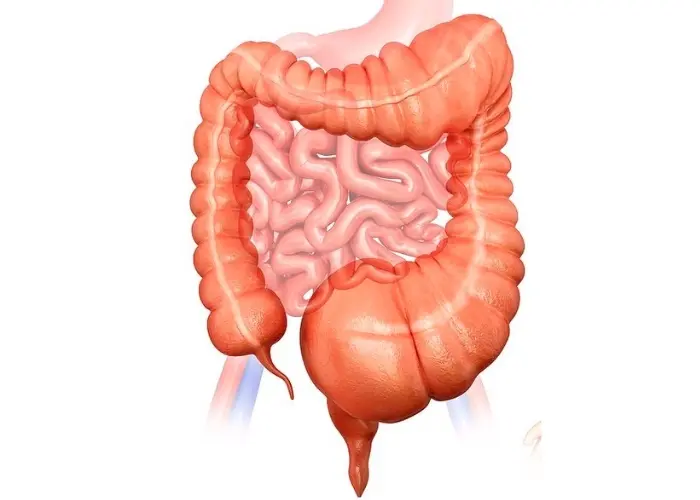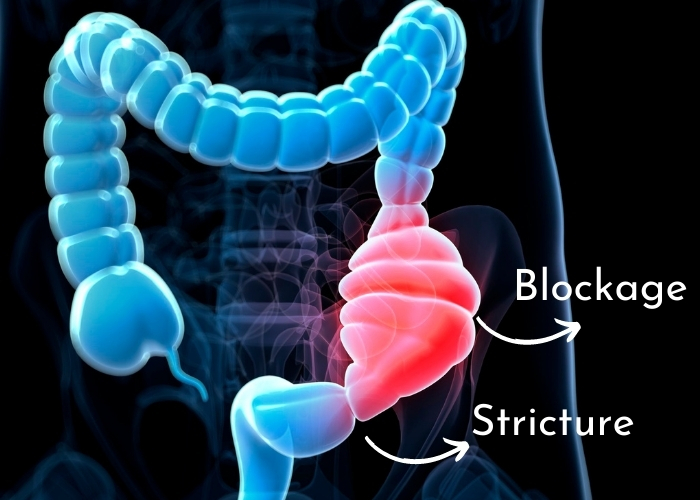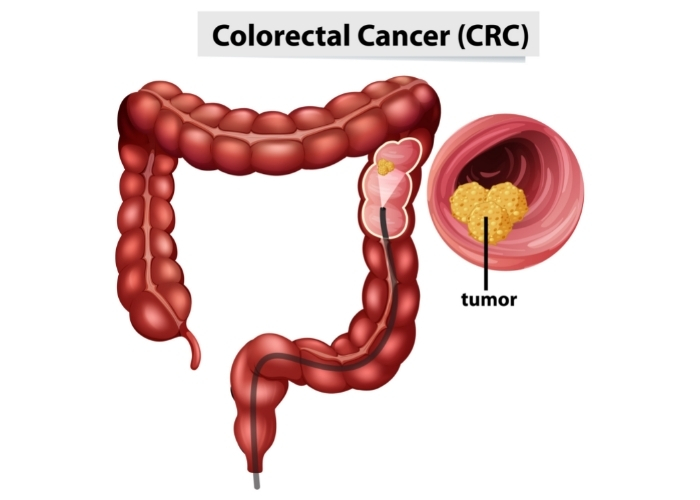Knowing in-depth about a disease can make a difference in how well you manage the condition. Though Inflammatory Bowel Disease (IBD) is unpredictable, most of the complications can be prevented through better control of inflammation in the body. The longer time period symptoms are controlled, the less likely you will experience flare-ups and other complications.
Ulcerative colitis is an autoimmune condition, a condition where the body’s immune system attacks healthy cells in the body. It causes ulcers (sores) in the innermost lining of colon and rectum.

Beyond bowel issues, IBD can also affect other parts of the body causing inflammation, for reasons not well understood. Inflammation may affect joints, skin, eyes and bile ducts (thin tubes that connect the liver to the small intestine and transport bile).
Ulcerative Colitis, a condition with repeated episodes of inflammation, is associated with the possibility of acute complications such as bleeding or perforation. Over time, it can also lead to complications such as strictures or colorectal cancer.
Acute complications
Bleeding
Rectal bleeding, or passing small amounts of blood with the stool, is a common symptom of ulcerative colitis. Bleeding may be severe for a very small percent of people during the course of their disease. Massive bleeding may necessitate urgent surgery.
Toxic megacolon
A rare, life-threatening condition, toxic megacolon is a rapid swelling of the colon. One week prior to the development of toxic colon, people with ulcerative colitis typically experience severe bloody diarrhea, usually more than 10 stools a day, abdominal pain and swelling. These complications are resistant to therapy.

A few potential mechanisms that can cause toxic megacolon are:
- Inflammation causing increase of an enzyme, called nitric oxide (NO) synthase. The enzyme inhibits smooth muscle tone, which contributes toward swelling of the colon.
- Factors such as low potassium level, antimotility agents, opiates, barium enema, abrupt cessation of steroids and more.
People with ulcerative colitis who present with toxic megacolon require emergency surgery.
Perforation
A hole, cut or tear in the colon may occur on rare occasions in IBD patients. The most common cause of perforation in ulcerative colitis is toxic megacolon. It may also occur, in the absence of toxic megacolon, from lack of scarring after prior colitis attacks. The opening allows air and intestinal material to leak into the abdominal cavity. Perforation requires immediate surgical intervention.
Long-term complications

Strictures
Chronic inflammation causes narrowing of the intestines, called strictures, which make it difficult for food matter to pass through. Strictures occur when scar tissue builds in the intestinal wall. Strictures are more commonly seen in Crohn’s Disease, as compared to Ulcerative Colitis, because of Crohn’s disease involvement of all layers of the bowel.
Strictureplasty, a procedure to repair a stricture by widening the narrowed area without removing any portion of the intestine, is one of the surgical ways to manage strictures. Another surgery for stricture is small bowel resection.

Colorectal cancer
Cancer of the large intestine and rectum can occur in people with long-standing Inflammatory bowel disease. Inflammation of the colon, as seen with IBD, can cause continuous cell turnover and an increased risk of irregularities.
Other factors that may further increase risk are:
- Family history of colorectal cancer
- Primary sclerosing cholangitis (PSC), a disease of the bile ducts
- Men with ulcerative colitis have been found to have a slightly higher chance of developing colorectal cancer than women. The risk of bowel cancer is higher in people over the age of 50.
Early detection is key. A regular colonoscopy screening for colorectal cancer is recommended. A colonoscopy is an examination that allows a specialist to look directly at the lining of the colon and rectum using a long flexible tube, called a colonoscope. Sometimes abnormal cells can be removed at the time of colonoscopy, avoiding the need for a surgical procedure. Screening is generally done every 1-2 years in people who have had symptoms of IBD for 8 years or longer. The frequency of testing may be less than every 1-2 years, depending on the results of the previous colonoscopy.
Nutritional deficiencies
People with IBD often experience weight loss and reduced muscle mass. The primary causes of reduced muscle mass are inflammation, decreased physical activity, and steroid medications used to treat IBD. Low bone mass is common with IBD. Its cause is due to multiple factors including steroids usage in IBD treatment.
The most common micronutrient deficiencies are vitamin D, vitamin B12, iron, zinc and calcium. Less common deficiencies are vitamin A, vitamin E, vitamin K and folic acid.
Other involvement beyond bowel
Joints
Arthritis with joint pain and swelling can be affected in two ways: Peripheral Arthritis, primarily involving the large joints, and inflammation of the spinal bones or vertebrae.
Skin
Two of the most common skin conditions are Erythema Nodosum and Pyoderma Gangrenosum.
Erythema nodosum presents with tender red bumps which typically appear on the shins. The appearance of these skin lesions usually parallel intestinal disease activity. Treatment directed at the underlying IBD usually results in resolution of the lesions.
In pyoderma gangrenosum, multiple skin lesions join together and form deep chronic ulcers at the site of trauma. Pyoderma gangrenosum lesions most often do not parallel IBD activity. Steroid therapy usually results in healing.
Eyes
Eye involvement may be due to inflammation or side effects of medications. Some conditions affecting the eyes may threaten eyesight and require immediate care by an eye doctor. Please see an eye doctor right away if you experience:
- Vision loss or impairment
- Severe foreign body sensation that prevents you from keeping the eye open
- Severe headache with nausea
- Area of the eye that appears cloudy and is not completely clear
Prolonged use of steroids can cause cataracts (clouding of the normally clear lens of the eye), glaucoma or increased pressure in the eye.
Methotrexate, another medication used in the treatment of IBD, rarely affects the eye. It can cause swelling around the eyes, blurred vision, light sensitivity, red eye, inflammation of the eyelid, and damage to the optic nerve due to folate deficiency.
Liver and Bile ducts
Primary Sclerosing Cholangitis (PSC), a disease of bile ducts (thin tubes that connect the liver to the small intestine and carry bile), is a rare disorder that affects males twice as often as females. Inflammation, scarring, and narrowing of the ducts gradually causes serious liver damage.
Fatty liver, and autoimmune liver disease have also been associated with IBD.
Complications resulting from medications used in treating ulcerative Colitis
Bone loss (Osteoporosis) is a common side effect of steroids.
Increased risk of infections and bleeding can occur with immunomodulators, biologic medications used in the treatment of ulcerative colitis, due to decreased white blood cells and platelets.
Liver problems, though rare, can occur with the use of biologics and immunosuppressants.
Recognizing signs early and speaking openly with your doctor regarding how the symptoms impact you, are key to getting appropriate and immediate treatment. It is natural to wonder about the future and how the disease might impact your life. You can reduce flare-ups and complications by adhering to medications, managing your stress and focusing on a healthy lifestyle.


